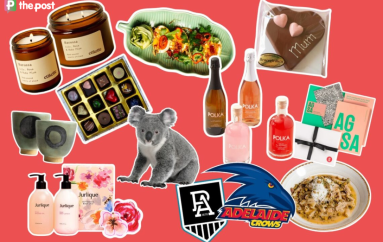What are tariffs? And why is the Albanese government cutting them?
One factor that has made tariffs less attractive to Australia is the shrinking of local manufacturing industries.

Treasurer Jim Chalmers says cutting tariffs will make some goods cheaper for consumers. Photo: TND
Tariffs have been in the news as the Albanese government moved to axe import duties on a range of products, from pyjamas to X-ray film.
But what are they, how do they work, and why is axing them considered a productivity boost?
Tariffs unpacked
Tariffs have been around in one form or another ever since countries began trading with each other – they are essentially taxes levied on products imported from overseas.
RMIT University professor Angel Zhong explains that they typically make imported goods more expensive for consumers.
“Imagine purchasing an item from abroad. When it arrives in your country, the government levies an extra fee on top of the original price,” Zhong said.
“This additional fee is what we call a tariff. Essentially, tariffs act as a form of taxation specifically for imported goods and services.”
Historically, governments around the world (including Australia) have levied tariffs on thousands of products for myriad reasons, including protecting local industries and raising public revenue.
The idea is that import taxes make locally manufactured products comparatively cheaper for consumers, shielding businesses that employ people here from many overseas competitors.
But Zhong explains that there is a clear cost too, one that is borne by everyday consumers.
“Imagine you have a penchant for purchasing shoes from another country. Suddenly, the government introduces a tariff on imported shoes,” she said.
“As a consumer, you now need to allocate more funds to buy the same items that used to be more affordable.
“Tariffs can create financial challenges for consumers when it comes to affording certain goods.”
Tariffs used to be much more common on a broader range of goods, but in recent decades governments have moved towards liberalising trade barriers, believing it benefits the economy.
Push to ease tariff burden
That same logic was behind Treasurer Jim Chalmers’ decision this week to axe what he called “nuisance” tariffs on more than 500 products, arguing it would boost productivity.
The government has targeted import taxes on goods like washing machines, fridges, tyres, toothbrushes, pyjamas, fishing reels, and even dodgem cars for tariff relief.
In each case, the taxes paid on these products are miniscule (only a few hundred thousand dollars at most), compared to the size of the market, which is often worth hundreds of millions.
That means the government isn’t getting much bang for its buck anyway, while as Zhong explains the tariffs are increasing costs for businesses and by extension, the broader public.
“Compliance costs rise for both businesses and government agencies, ultimately burdening consumers and taxpayers,” Zhong said.
“Businesses face expenses in seeking exemptions, if available, while government agencies incur costs in administering the collection of nuisance tariffs.”
One factor that has made tariffs relatively less attractive to Australia in recent decades is the shrinking of local manufacturing industries, which were historically big supporters of taxes.
In cases where there are no significant local manufacturers of goods like toothpaste and pyjamas, taxing the import market doesn’t protect any local jobs and instead just raises retail prices.
However, many taxes do remain as the government looks to generate revenue from trade.
That includes a significant 10 per cent General Sales Tax (GST) on most goods entering Australia, something that began in 2018 after local retailers complained about needing to pay on local sales while overseas giants like Amazon escaped fees.
– TND




